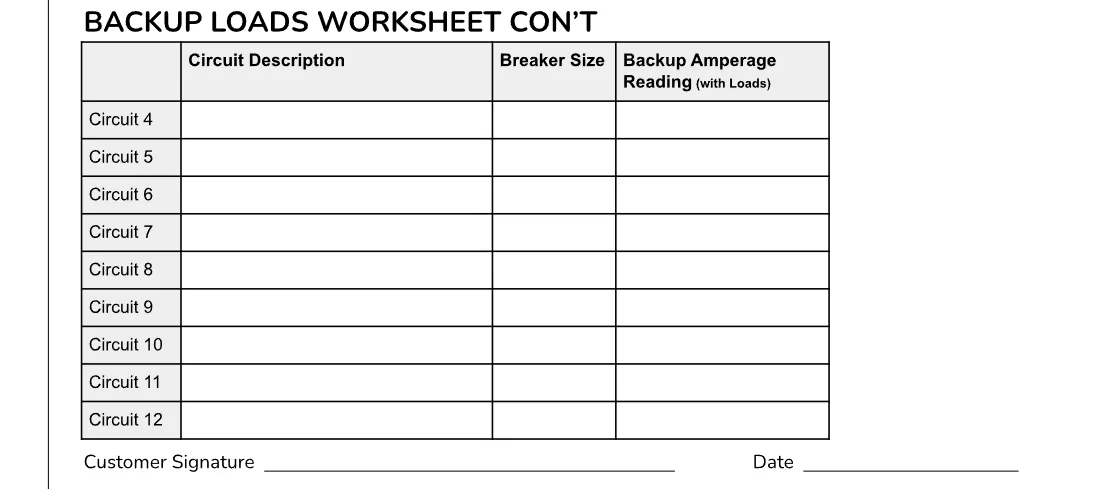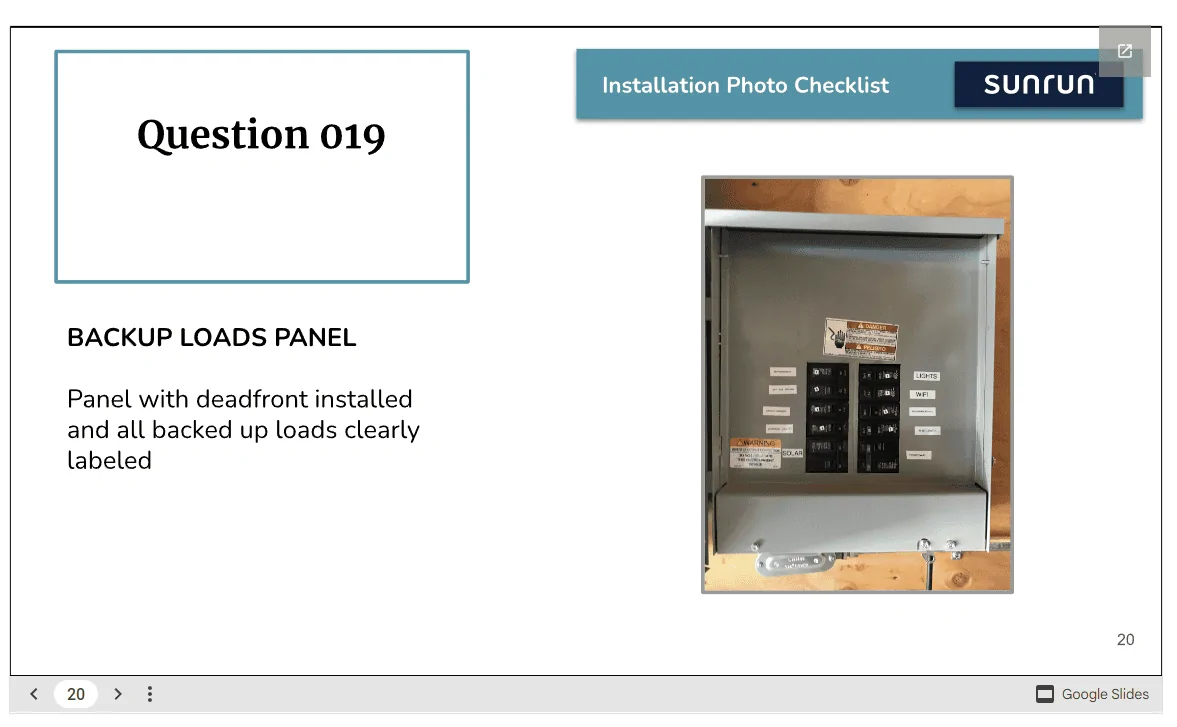Maquis
Well-known member
There’s a reason the guys on the electrician forums call them “Junkerac” instead of Generac. Once you get into that size, an industrial manufacturer is the way to go, I.E., Cat or Cummins.You are WAY understating the negatives of natural gas generators. I have a Generac at my farm, a 50 kWh 8-cylinder system installed on a slab behind the barn in 2006. It cost $50k to install, fires up twice weekly for 30 minutes, requires a $2k annual service contract, has needed over $8k of repairs in the past five years, and uses a huge amount of power to run its block heater in sub freezing weather to maintain standby status. I never realized it was my biggest single electrical USER until we installed the TED energy detective system five years ago and started monitoring 64 circuits on the farm, both use and solar production (we have 43 kWh of solar panels on 7 inverters). It turns out that some days the generator’s heater is our biggest electrical draw. It is a constant source of hassle and worry. For the same money we would now put in batteries that could do the same service for two days, but it doesn’t make sense to spend the $50k until the generator dies. However, it is VERY loud, heard all over the neck where we live, easily from inside our LEED-certified (heavily insulated, triple-glass widowed) house that is 300 feet away, blocked by the barn. Passive battery solutions are WAY better, on par price-wise.
Sponsored



